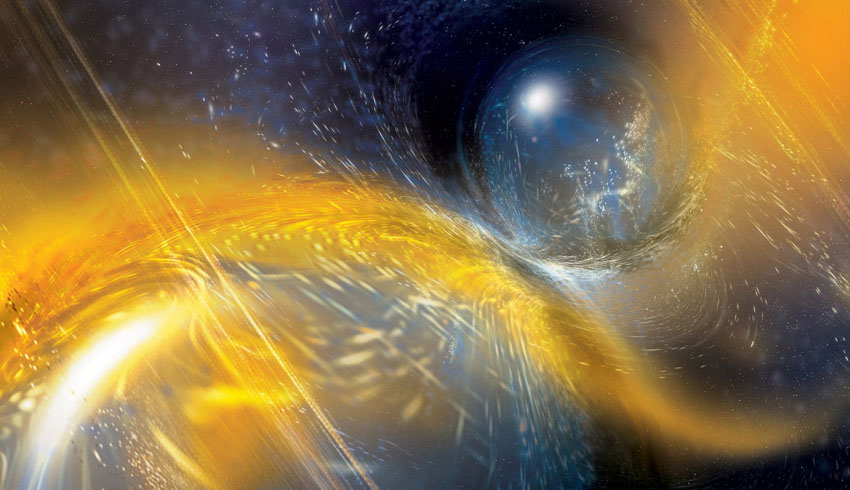This occurred a long time ago in a galaxy far, far away; the Ophiuchus cluster, about 390 million light years from Earth.
The discovery, published in a new study in The Astrophysical Journal, was the result of an international collaboration involving observation from space as well as in Australia and India.
"In some ways, this blast is similar to how the eruption of Mount St Helens in 1980 ripped off the top of the mountain," said study lead author Simona Giacintucci of the Naval Research Laboratory in Washington.
“A key difference is that you could fit 15 Milky Way galaxies in a row into the crater this eruption punched into the cluster's hot gas."
Astronomers made this discovery using X-ray data from the NASA Chandra X-ray Observatory and the European Space Agency XMM-Newton, along with radio data from the Murchison Widefield Array (MWA) in Western Australia and the Giant Metrewave Radio Telescope (GMRT) in India.
Giacintucci and her colleagues believe the source was a supermassive black hole in one of the cluster's constituent galaxies.
The possibility of an incredibly powerful Ophiuchus explosion was first raised in 2016 in a study led by Hungarian astrophysicist astronomer Norbert Werner, which examined images from the Chandra X-ray Observatory.
Werner and colleagues reported a strangely curved edge in the cluster, which they thought could be part of the wall of a cavity formed by an enormous blast.
However, that study didn't establish that an explosion actually was responsible.
Now, after analysing additional X-ray and radio data, Giacintucci and her colleagues have concluded that an explosion was responsible.
The combined data show that the curved edge is indeed part of a cavity wall, because it borders an area rich in radio emission that likely resulted when the black hole's outburst accelerated electrons to nearly the speed of light.
"The radio data fit inside the X-rays like a hand in a glove. This is the clincher that tells us an eruption of unprecedented size occurred here," said study co-author, Maxim Markevitch, of NASA's Goddard Space Flight Center.
Energy released by the Ophiuchus blast is hundreds of thousands of times greater than explosions typically seen in galaxy clusters, the researchers said.
And it's about five times greater than the previous record holder, an eruption in the galaxy cluster MS 0735.6+7421, around 2.6 billion light years away.
The Ophiuchus activity appears to be over, with no evidence of ongoing activity.

